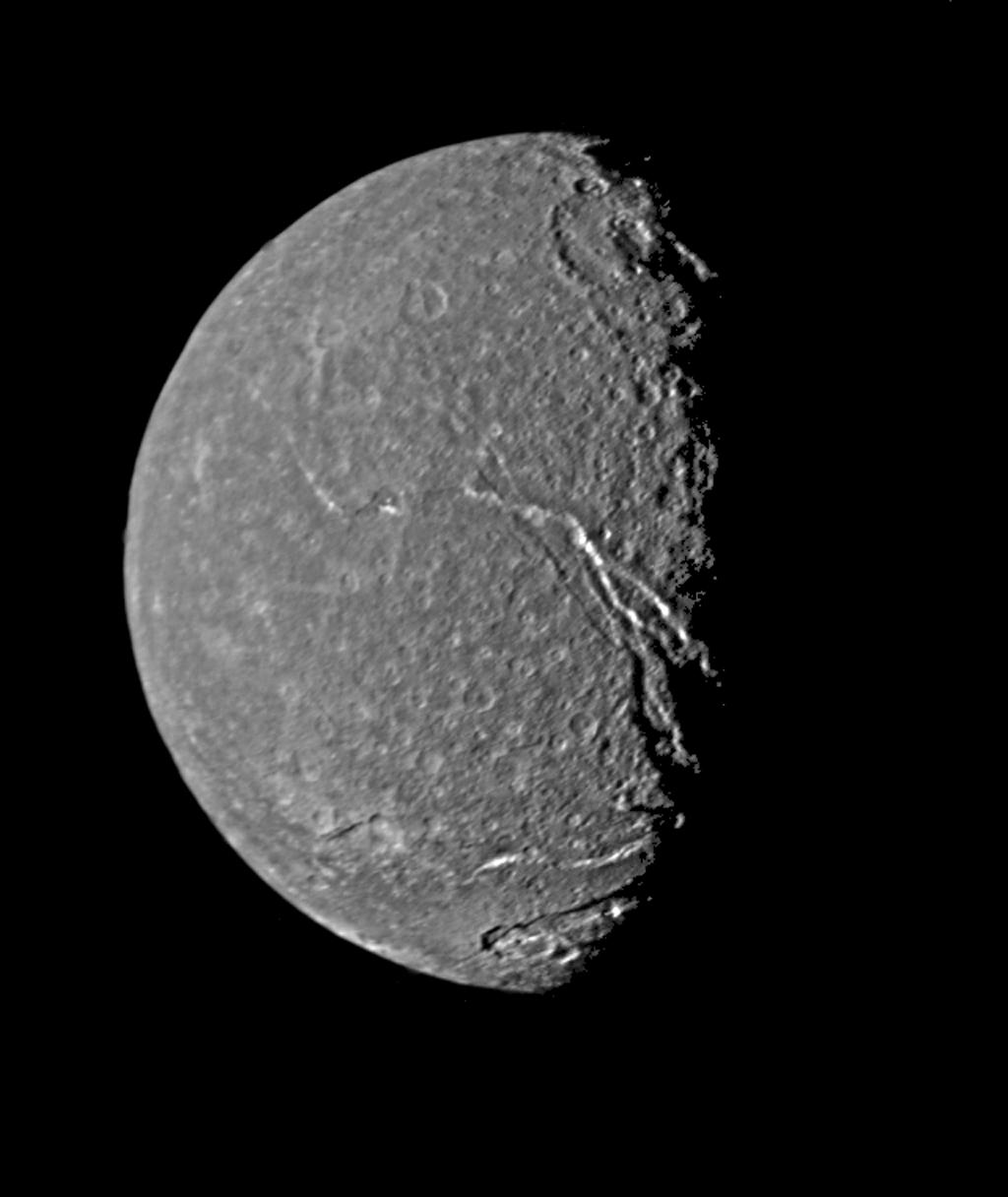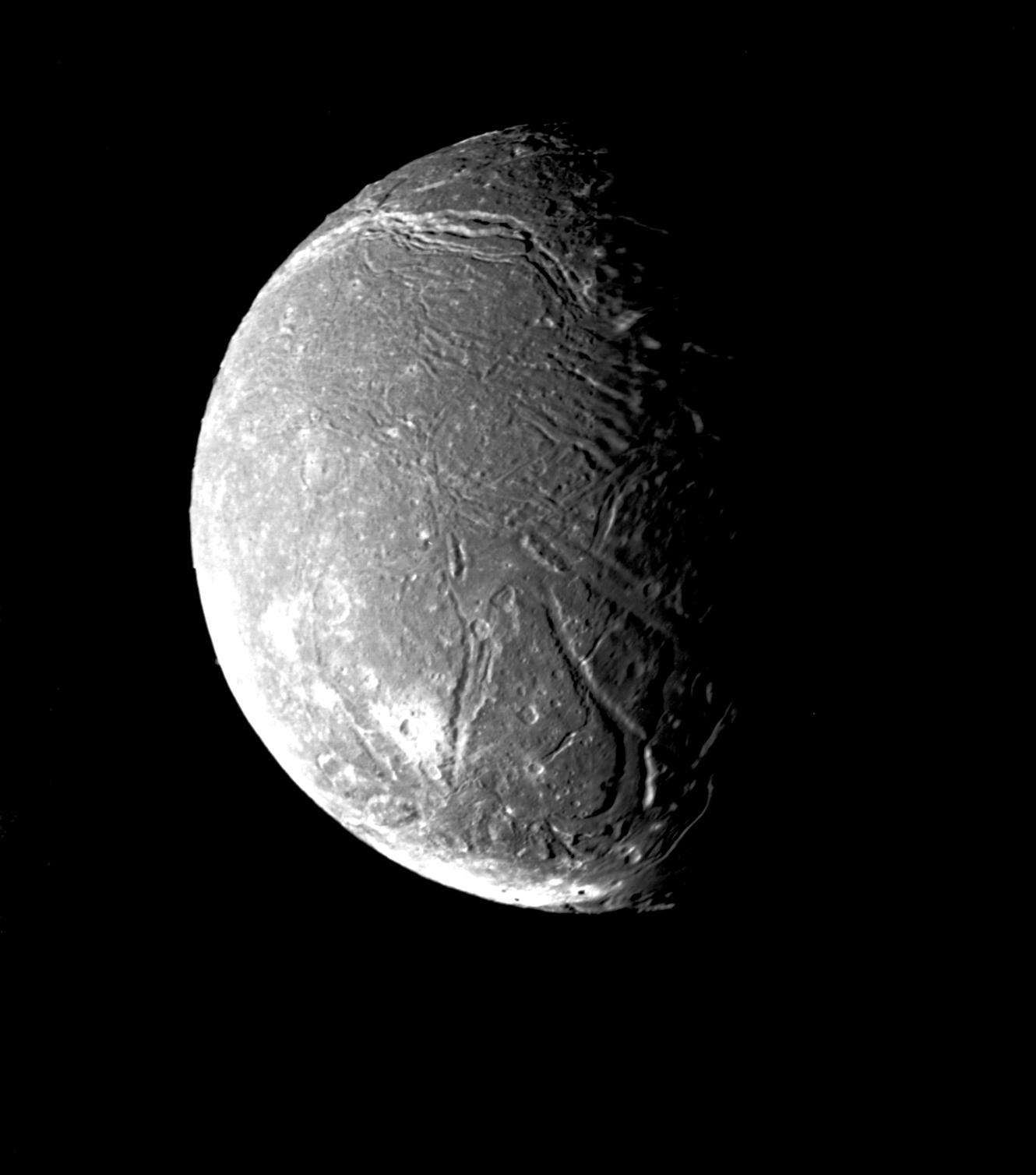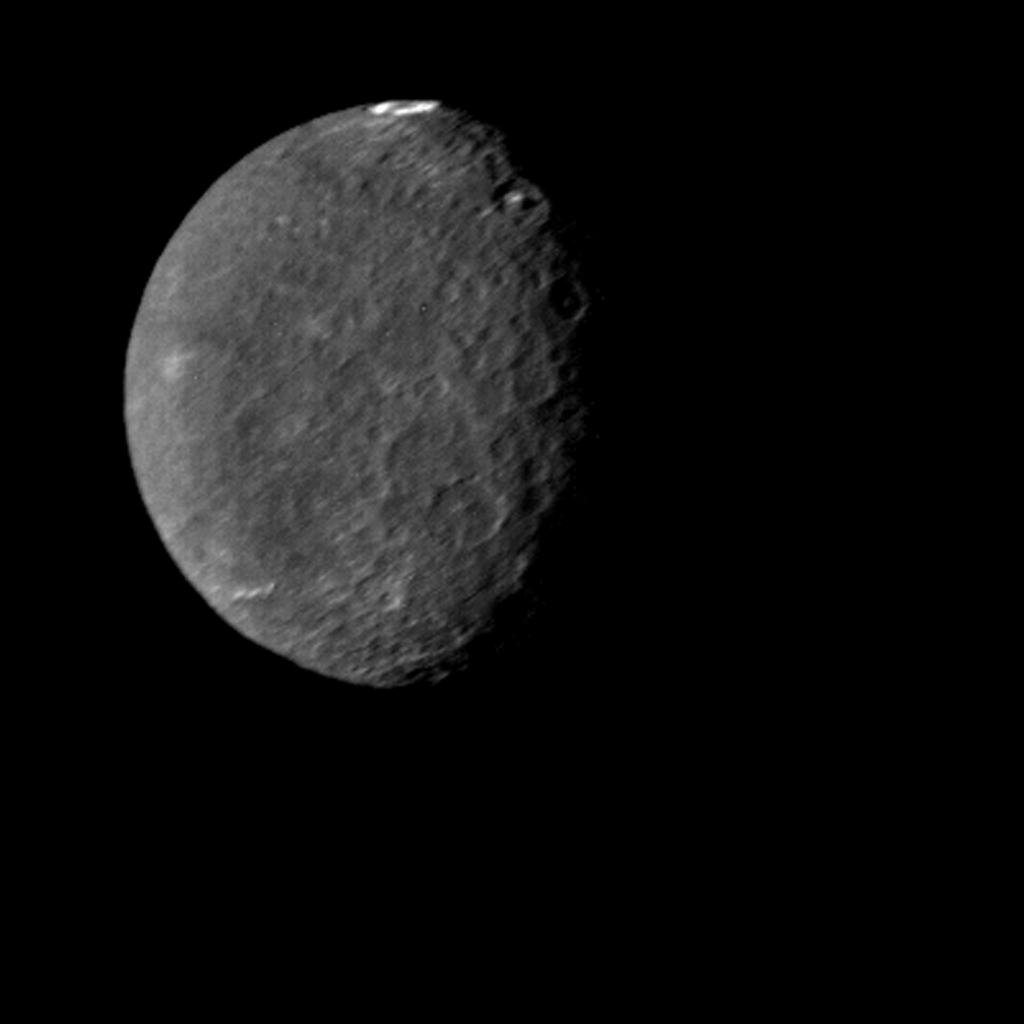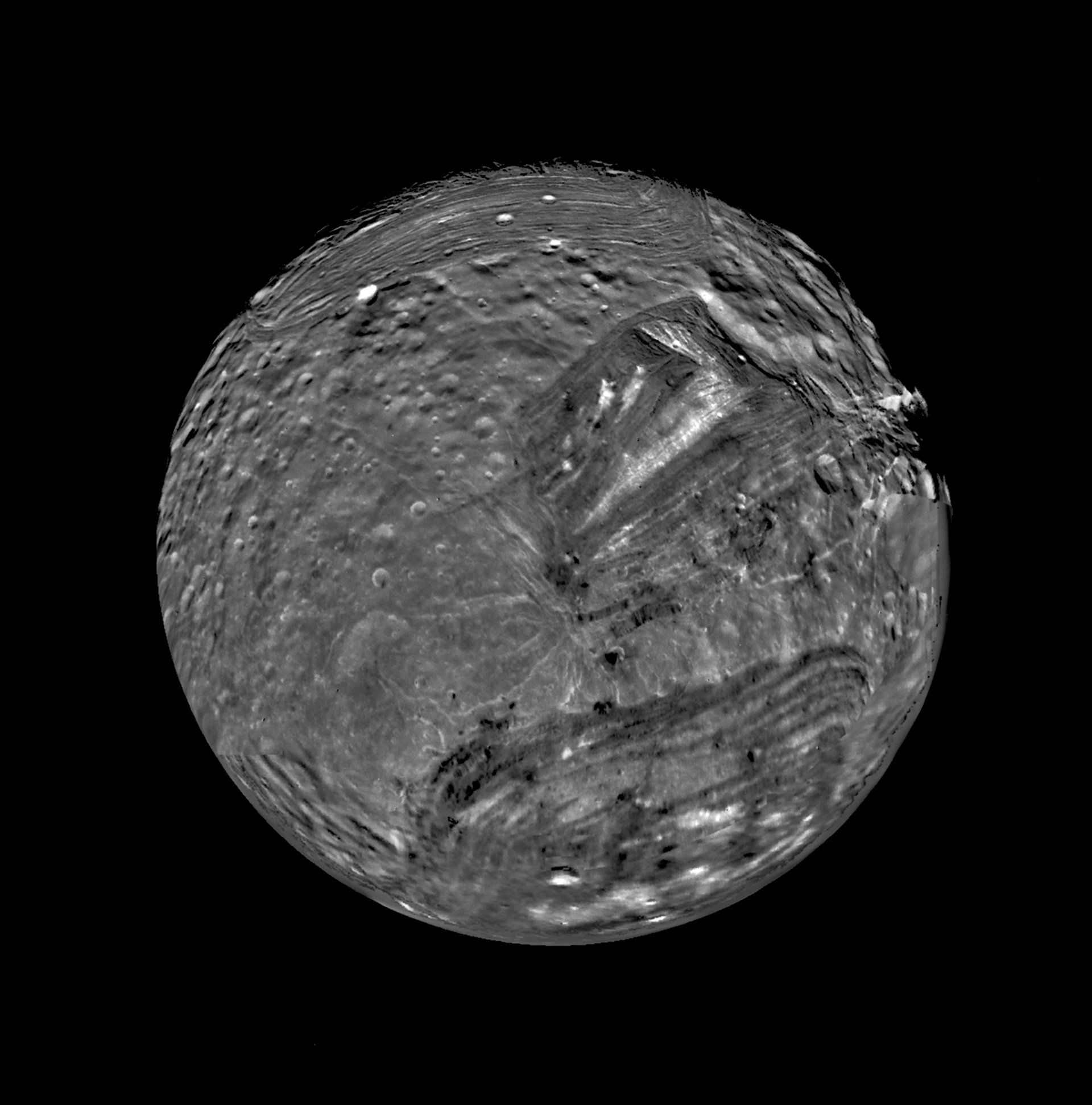This web page is created within BALTICS project funded from the European Union’s Horizon2020 Research and Innovation Programme under grant agreement No.692257.
Moons of Uranus
Uranus has 27 moons, whose names are not found in ancient Greek or Roman mythology, but in the literary works of William Shakespeare and Alexander Pope.
The largest moons of Uranus are Oberon and Titania. They were discovered in 1787 by William Herschel. The next, Ariel and Umbriel, were discovered by William Lassell. Almost a century later, in 1948, Gerard Kuiper discovered Miranda.
Then there was the Voyager 2 era. NASA’s automated spacecraft visited the Uranium system in 1986 and the number of known moons tripled. In the Voyager 2 images, scientists spotted 10 moons – Juliet, Puck, Cordelia, Ophelia, Bianca, Desdemona, Portia, Rosalind, Cressida and Belinda.
The remaining moons, up to 20 kilometers in diameter, have been discovered by astronomers using both the Hubble Space Telescope and large, modern telescopes on Earth.
Moons of Uranus are divided into inner moons, major and irregular. Uranus has 13 inner moons that consist of ice and hard rocks. The five major moons are round objects that orbit around Uranus in its equatorial plane. The irregular moons, which are at least nine, orbit further that Oberon’s orbit and are less studied, but are most likely asteroids captured by Uranus gravity. Their orbits are elliptical and are inclined in relation to the plane in which the five major moons orbit.
Titania is the largest moon of Uranus and the eighth largest moon in the solar system. Its diameter is about 1500 km. One orbit, located about 400,000 km from Uranus, the moon makes in 8.7 Earth days.
Miranda is the smallest of Uranus’ five major moons and orbits closest to the planet. Its diameter is 470 km. Miranda is located just 130,000 km from Uranus and orbits it in 1.4 Earth days. The surface of the moon is covered by giant canyons and cliff terraces. There is also the tallest cliff in the solar system – Verona Rupes, which is 20 km high.
Ariel is the brightest of Uranus’ moons. Possibly, it has the youngest surface. There are few large craters and very many small ones on Ariel, indicating that in the geologically recent past the moon has experienced “bombing”, which has resulted in the destruction of the oldest, large craters.
Umbriel is the darkest of the five major moons. There are many old and large craters on it, but the most interesting formation is the bright ring on one side of the moon.
Oberon is the major moon orbiting farthest from Uranus. Its surface is also old, covered with craters, the base of which shows a dark, still unexplored dark material.
Like Saturn’s rings, the thin rings of Uranus need shepherd moons. This task is performed by Cordelia and Ophelia. There are at least eight small moons between these two moons and Miranda. It is still an unanswered question of how they have not collided with each other.
Scientists believe that around Uranus is certainly orbiting still undiscovered moons that are too small to be seen with telescopes from Earth.























